Along the sparkling shores of Batangas, Philippines, Anilao is a hidden gem that promises an unforgettable underwater adventure. Known as the “macro lovers’ paradise,” this world-class diving destination is a hotspot for macro diving in the Philippines, attracting underwater photographers and marine life enthusiasts from around the globe. From vibrant nudibranchs and tiny seahorses to rare frogfish and flamboyant cuttlefish, every dive unveils a new treasure. Whether you’re searching for the best dive spots in Anilao, planning a Philippines diving trip, or eager to experience the Anilao underwater world, this destination’s crystal-clear waters and thriving marine biodiversity offer something for everyone.
Quick Trip Overview
| Category | Details |
|---|---|
| Location | Batangas, Philippines, approximately 2.5 hours from Manila |
| Best Time to Dive | November to May (dry season) for calm seas and better visibility |
| Water Temperature | 26°C to 30°C (79°F to 86°F) |
| Visibility | 10 to 30 meters (33 to 98 feet), depending on conditions |
| Diving Highlights | Macro diving, underwater photography, vibrant corals |
| Marine Life | Nudibranchs, seahorses, frogfish, cuttlefish, shrimps, crabs |
| Diving Skill Level | All levels; beginner to advanced |
| Getting There | By car or bus from Manila to Batangas, then local transfer to Anilao |
| Popular Dive Sites | Secret Bay, Twin Rocks, Mainit Point, Cathedral, Sombrero Island |
| Accommodation Options | From budget-friendly dive resorts to luxury accommodations |
Dive Season in Anilao, Philippines
Anilao, often called the macro diving capital of the Philippines, is a hotspot for underwater photographers and marine life enthusiasts. During the dry season (November to May), Anilao offers calm waters and clear visibility, making it the perfect time to capture vibrant critters like nudibranchs, seahorses, and frogfish. This period is highly recommended for macro photography enthusiasts, although resorts and dive shops can get fully booked during peak months.
The rainy season (June to October) in Anilao still has its charms, offering unique critter encounters even though visibility may be lower. With fewer crowds and discounted rates, it’s an excellent time for budget-conscious travelers. However, some dive sites might be more challenging to access due to rougher sea conditions.
Pros and Cons of Diving in Different Seasons
| Season | Pros | Cons |
|---|---|---|
| Dry Season | Excellent visibility, calm seas, and ideal for photography | Crowds and higher costs |
| Rainy Season | Fewer divers, lush landscapes, and off-season discounts | Reduced visibility, rough seas, and typhoons |
Comparing Anilao to Other Popular Dive Sites
When compared to other top diving destinations, Anilao stands out for its year-round macro diving. Tubbataha Reef, accessible only from March to June, boasts world-class coral walls and pelagic species like sharks and manta rays. While Tubbataha offers unparalleled biodiversity and crystal-clear visibility, its liveaboard-only accessibility makes it a pricier option.
Malapascua, famous for thresher shark encounters, offers diving throughout the year. However, the dry season provides better visibility and calmer waters for a safer and more enjoyable experience. Similarly, Cebu, known for the Moalboal sardine run and Oslob whale sharks, is best visited during the dry season to ensure optimal conditions for these iconic marine life encounters.
What to see at Anilao, Philippines
Nudibranchs
Anilao is renowned for its vast array of nudibranchs, with over 600 species recorded in its waters. These colorful sea slugs are a favorite among macro photographers due to their intricate patterns and vibrant hues. Although nudibranchs can be found in other dive spots, Anilao boasts the highest density and diversity, making it a must-visit for enthusiasts.
Seahorses and Pygmy Seahorses
Divers can spot rare pygmy seahorses clinging to gorgonian corals, a highlight for those with a keen eye. While these tiny creatures can be found at other dive sites, Anilao offers some of the best conditions for observing and photographing them.
Frogfish
Anilao provides consistent sightings of various frogfish species, including giant frogfish and hairy frogfish. These masters of camouflage are often hidden among sponges and corals, making every sighting a rewarding experience.
Flamboyant Cuttlefish
Known for their vibrant colors and unique hunting behavior, flamboyant cuttlefish are a favorite among divers in Anilao. While they can be seen in other parts of the Philippines, Anilao’s rich habitat ensures frequent encounters.
Crustaceans
Anilao is also home to a wide range of crustaceans, including harlequin shrimp, tiger shrimp, and cleaner shrimp. These small but fascinating creatures can often be found hiding in crevices and among coral branches, providing endless opportunities for macro enthusiasts.
Rhinopias
A rare and exciting find, Rhinopias, a type of scorpionfish, are frequently spotted in Anilao. These elusive fish are not commonly seen elsewhere in the Philippines, making Anilao a prime destination for those hoping to encounter this unique species.
Mandarinfish
During twilight dives, Mandarinfish perform their mesmerizing courtship dances. While they can be found in other areas, Anilao’s twilight dives are particularly well-known for offering close encounters with these beautifully patterned fish.
Octopus
Anilao offers thrilling encounters with a variety of octopus species, including the famous coconut octopus, known for its intelligent and curious behavior. Divers may also be lucky enough to spot the elusive Wanderpus, the highly venomous yet mesmerizing blue-ringed octopus, and other fascinating species. These sightings are especially rewarding during night dives when these creatures are more active.
Bobtail Squid
For those who enjoy night diving, the tiny and bioluminescent bobtail squid is a must-see. This adorable cephalopod, with its glowing patterns, is a highlight of macro photography, offering a surreal glimpse into the secret life of the reef after dark.
Anilao Wildlife Breakdown Table
| Category | Details | Unique to Anilao? |
|---|---|---|
| Nudibranchs | Anilao is home to over 600 species of nudibranchs, making it a haven for macro photographers. | No, but Anilao has the highest density and diversity. |
| Seahorses | Commonly spotted are the rare pygmy seahorses clinging to gorgonian corals. | No, but Anilao provides excellent spotting opportunities. |
| Frogfish | Various species including giant frogfish and hairy frogfish thrive in Anilao’s waters. | No, but Anilao offers consistent sightings year-round. |
| Flamboyant Cuttlefish | A favorite among divers for its vibrant colors and unique hunting behavior. | No, but often seen here due to its rich habitat. |
| Crustaceans | Harlequin shrimp, tiger shrimp, and many more can be found in the crevices of coral reefs. | No, but Anilao offers great conditions for spotting these creatures. |
| Rhinopias | The elusive Rhinopias, a type of scorpionfish, is frequently spotted in Anilao. | Yes, Rhinopias are rarely seen elsewhere in the Philippines. |
| Pygmy Seahorses | Anilao hosts pygmy seahorses that are smaller than a fingernail, perfect for macro enthusiasts. | No, but Anilao offers some of the best opportunities to spot them. |
| Mandarinfish | Best seen during twilight dives, known for their intricate courtship dance. | No, but twilight dives in Anilao are renowned for Mandarinfish sightings. |
| Octopus | Includes coconut octopus, Wanderpus, blue-ringed octopus, and occasional rare species. | No, but the variety and frequency of sightings are excellent in Anilao. |
| Bobtail Squid | Tiny and bioluminescent, bobtail squid are a delight for nighttime macro dives. | No, but frequently encountered on Anilao’s night dives. |
There is also a variety of anemonefish that can be found at Anilao. What I found impressive was the amount of saddlebacks – juveniles especially – that are located in the muck diving areas.
Dive Spots at Anilao, Philippines
Anilao, Philippines, is a world-renowned destination for macro diving and underwater photography, offering some of the best dive sites in the country. During my trip, I explored several spectacular locations, each with its unique marine life and underwater landscapes. Whether you’re a beginner or an experienced diver, these Anilao dive spots should be on your list.
Secret Bay: An Underwater Photographer’s Paradise
Secret Bay is the ultimate spot for underwater macro photography in Anilao. It’s famous for its high concentration of critters, attracting divemasters with macro camera-wielding divers. Here, you’ll find an array of rare marine life, from flamboyant cuttlefish to colorful nudibranchs. If you’re chasing the best macro diving experiences in the Philippines, Secret Bay is a must-visit.
El Pinoy House Reef: Nudibranch Haven
For lovers of nudibranchs, El Pinoy House Reef offers a variety of species, including the highly sought-after Rudmanis (a sea slug with brown cerata) and Allenis, another prized nudibranch unique to the area. This site is a treasure trove for macro diving enthusiasts keen on discovering vibrant and rare marine life.
Dari-Laut: Anilao’s Wreck Dive
No trip to Anilao is complete without diving at Dari-Laut, often referred to as a “wreck dive.” Once a floating resort, this structure has sunk and transformed into an artificial reef covered in corals, sponges, and nudibranchs. Keep an eye out for leaf fish expertly camouflaged among the coral. Dari-Laut is one of the best wreck dive sites in Anilao, perfect for exploring unique underwater environments.
Layag-Layag: Home to Pygmy Seahorses
If spotting pygmy seahorses is on your bucket list, Layag-Layag is a must. During my dive, I discovered a fan coral hosting three pygmy seahorses, making this site a haven for macro photographers. In addition to the seahorses, the site boasts the most abundant variety of nudibranchs in Anilao, ensuring an exciting dive for critter enthusiasts.
The Cathedral: Iconic and Bustling Dive Spot
The Cathedral is one of the busiest and most famous dive spots in Anilao. It gets its name from the cross structure placed between two pinnacles, making it a favorite for traditional reef diving in Anilao. Divers flock here to photograph the cross, which rests on a small stand. This is also one of the few spots where you might encounter a shark; during my dive, I spotted a white-tip reef shark circling in the distance.
Anilao Pier: The Best Night Dive Experience
For an unforgettable night dive in Anilao, head to Anilao Pier. The shallow waters, with a maximum depth of 5 meters, make it an easy and rewarding dive. This spot is teeming with octopus, squid, and crabs, making it ideal for those looking to photograph nocturnal marine life. If you’re searching for the elusive coconut octopus, Anilao Pier is your best bet—chances are, you’ll find one curled up in the first shell you see.
What is Muck Diving and How Does It Relate to Anilao?
Muck diving is a unique style of scuba diving that focuses on exploring sandy, silty, or muddy seabeds rather than vibrant coral reefs or dramatic walls. The term comes from the often “mucky” appearance of the dive sites, which may seem unremarkable at first glance. However, these environments are home to an incredible diversity of macro marine life, making them a paradise for underwater photographers and critter enthusiasts.
In muck diving, the emphasis is on finding small, rare, and unusual creatures, such as nudibranchs, frogfish, seahorses, flamboyant cuttlefish, and crustaceans like mantis shrimp and harlequin shrimp. These tiny creatures often display vibrant colors and fascinating behaviors, providing endless opportunities for macro photography.
Muck Diving in Anilao
Anilao is regarded as one of the best destinations for muck diving in the Philippines. Its sandy and silty dive sites, such as Secret Bay, Basura, and Mainit Point, are hotspots for macro diving enthusiasts seeking to photograph some of the most elusive critters. The area is particularly famous for its diverse nudibranch population, which draws divers from around the world.
Muck diving in Anilao also offers opportunities to encounter octopus species, including the coconut octopus, blue-ringed octopus, and Wunderpus, as well as tiny pygmy seahorses and the rare Rhinopias scorpionfish. These creatures are often hidden among debris, sand, or rubble, making each discovery feel like a treasure hunt.
Why Muck Diving in Anilao Stands Out
Unlike many muck diving destinations, Anilao offers the perfect balance of easy accessibility, high biodiversity, and a variety of dive sites. Divers can explore rich coral reefs and then transition to muck sites within minutes, making it an ideal location for those wanting to experience the best of both worlds. Additionally, the calm waters and relatively shallow depths of Anilao’s muck diving sites make them suitable for divers of all skill levels.
Key Benefits of Muck Diving in Anilao
- Biodiversity: Home to rare critters like flamboyant cuttlefish, bobtail squid, and harlequin shrimp.
- Accessible Dive Sites: Most muck diving sites in Anilao are just a short boat ride from the shore.
- Photography Opportunities: Clear waters and diverse macro subjects make Anilao a dream for underwater photographers.
- Year-Round Diving: Anilao offers great muck diving conditions throughout the year, with peak visibility during the dry season (November to May).
Recommended Stays for Diving in Anilao
- La Chevrerie Resort and Spa is a luxurious beachfront dive resort in Anilao, known for its elegant design, world-class amenities, and exceptional dive services, offering a perfect blend of relaxation and adventure for discerning travelers.
- Blue Ribbon Dive Resort is a cozy and budget-friendly option in Anilao, offering personalized dive services, comfortable accommodations, and easy access to popular dive sites, making it ideal for both beginners and experienced divers.
- Anilao Awari Bay Resort: A family-friendly resort with cozy accommodations and easy access to popular dive sites.
- Eagle Point Beach and Dive Resort: Offers a range of amenities, including dive packages, a saltwater pool, and stunning ocean views.
- Planet Dive Anilao: A budget-friendly option with a laid-back vibe and proximity to dive spots like Twin Rocks.
How to Get to Anilao
Getting to Anilao is relatively straightforward, as it’s a popular destination for divers in the Philippines. Here’s a detailed guide on how to reach Anilao, the nearest points of entry, and other nearby dive spots to include in your itinerary.
Nearest Airport
The closest airport to Anilao is Ninoy Aquino International Airport (NAIA) in Manila, which serves both international and domestic flights. From Manila, Anilao is approximately a 2.5 to 3-hour drive (120 km) south.
Getting to Anilao from Manila
- Private Vehicle or Taxi: Hiring a private car or taxi is the fastest and most convenient way to get to Anilao. Travel time: 2.5 to 3 hours.
- Bus and Jeepney: Take a bus from Manila (Buendia or Cubao terminals) to Batangas Grand Terminal. From there, transfer to a jeepney heading to Mabini, then hire a tricycle to your dive resort. Travel time: 3.5 to 4 hours.
Nearest Port
If you’re coming from other parts of the Philippines, the Batangas Port serves as a hub for ferries traveling from nearby islands like Mindoro, Romblon, and Cebu. From Batangas Port, it’s a short 30- to 45-minute drive to Anilao.
Popular Dive Spots to Include in Your Trip
The Philippines is rich in diving destinations, and many complement a trip to Anilao. Here are some dive spots to consider:
- Puerto Galera (Mindoro): Located just a short ferry ride from Batangas Port, Puerto Galera offers stunning coral gardens, drift dives, and vibrant marine life. Ideal for divers seeking variety in their trip, with easy access from Anilao.
- Verde Island Passage: Known as the “center of the center” of marine biodiversity, Verde Island offers spectacular wall dives and a chance to see larger pelagic species. Accessible via a short boat ride from Batangas or Puerto Galera.
- Tubbataha Reefs Natural Park (Palawan): A UNESCO World Heritage Site, Tubbataha is considered one of the best dive sites in the world, featuring pristine coral reefs, sharks, manta rays, and large schools of fish. Requires a liveaboard trip, best visited from March to June.
- Moalboal (Cebu): Famous for the sardine run, Moalboal is a great addition to any diving itinerary. The vibrant coral walls and large schools of fish make it a unique experience. Accessible via domestic flight to Cebu followed by a 2- to 3-hour drive.
- Malapascua (Cebu): Renowned for its early morning dives with thresher sharks, Malapascua is a must for shark enthusiasts. Reachable by domestic flight to Cebu and a 4- to 5-hour transfer to the island.
- Dumaguete (Negros Oriental): Known for its muck diving in Dauin and the nearby Apo Island’s vibrant reefs and turtles. Easily accessible via domestic flight to Dumaguete from Manila.
Travel Tips
- Plan Transfers: Arrange transportation to Anilao in advance, especially if arriving late at night in Manila.
- Combine Destinations: Pairing Anilao with other dive sites like Puerto Galera or Verde Island Passage ensures a diverse underwater experience.
- Travel Light: Bring only essential dive gear if you plan to move between multiple destinations.
With its accessibility and proximity to other world-class dive spots, Anilao serves as an excellent starting point for a memorable diving adventure in the Philippines.


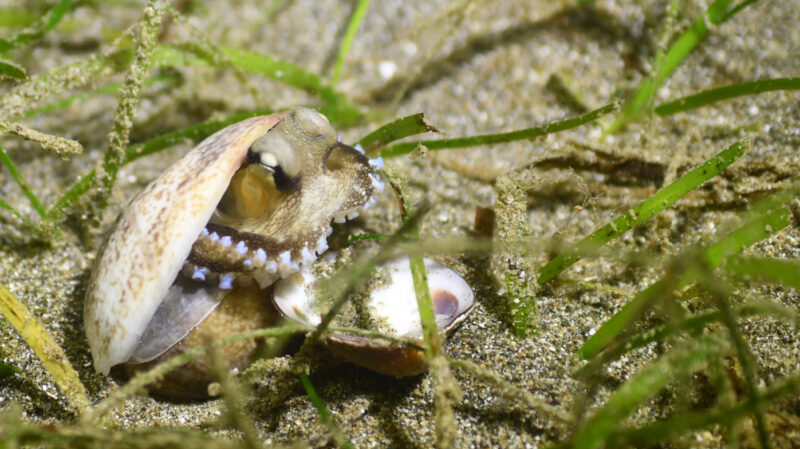
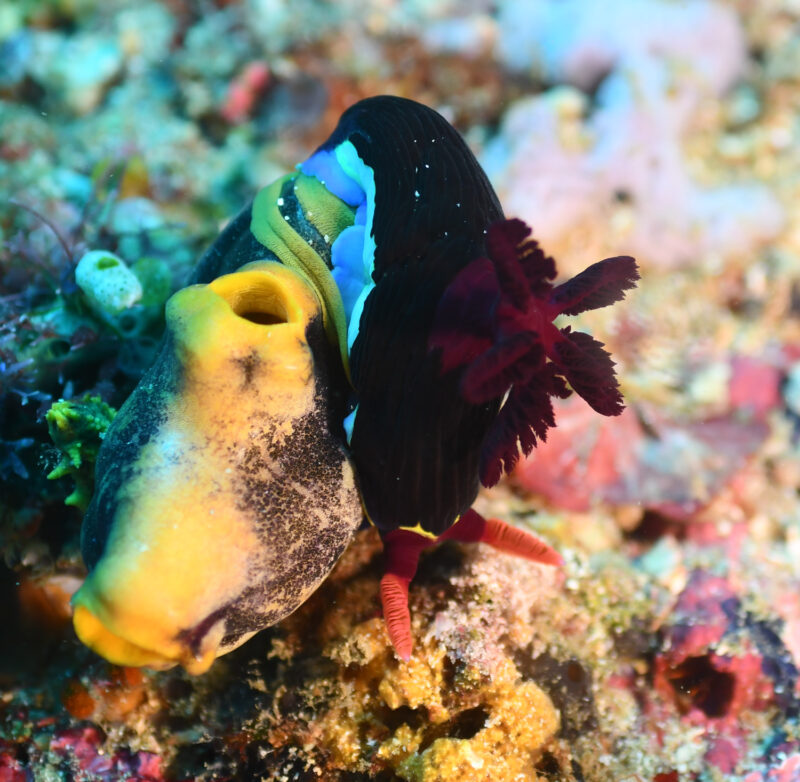
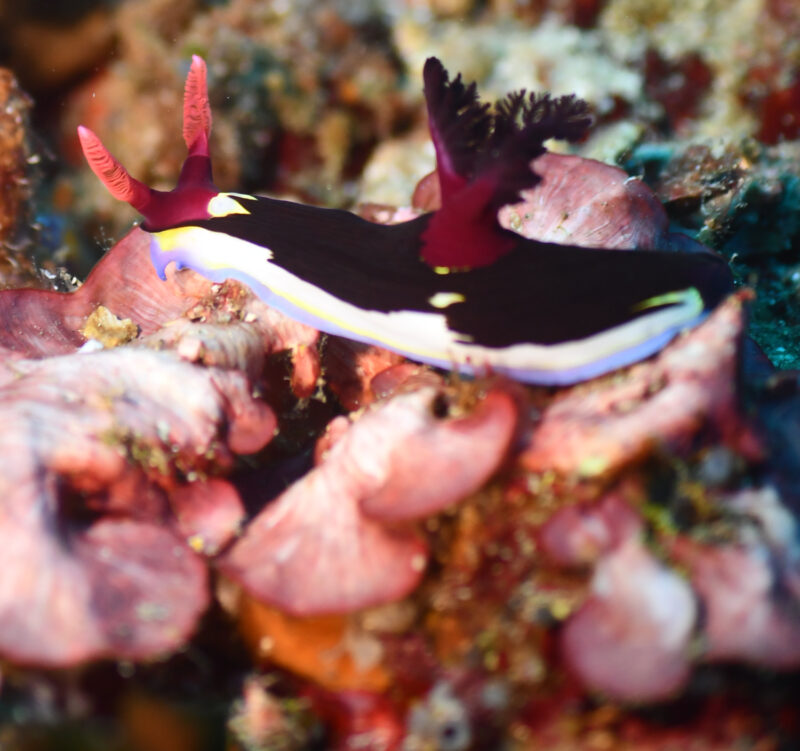
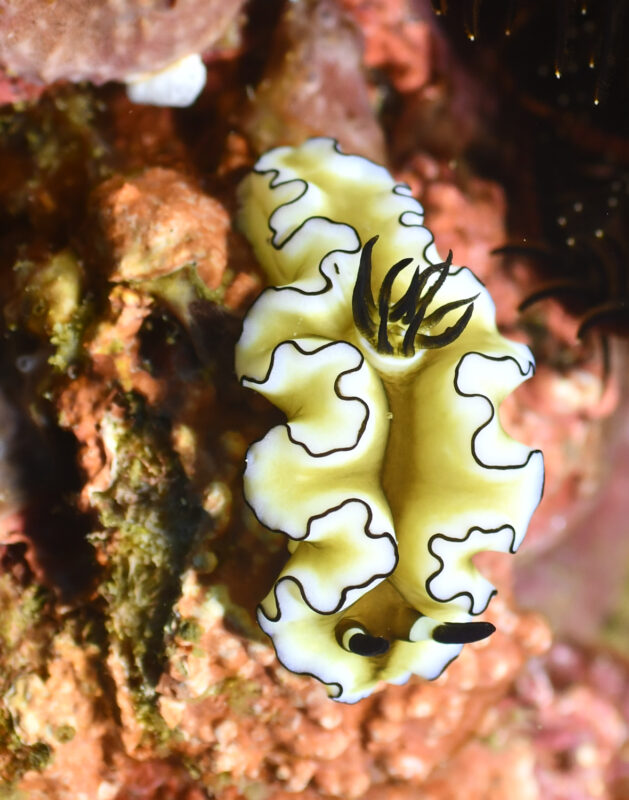
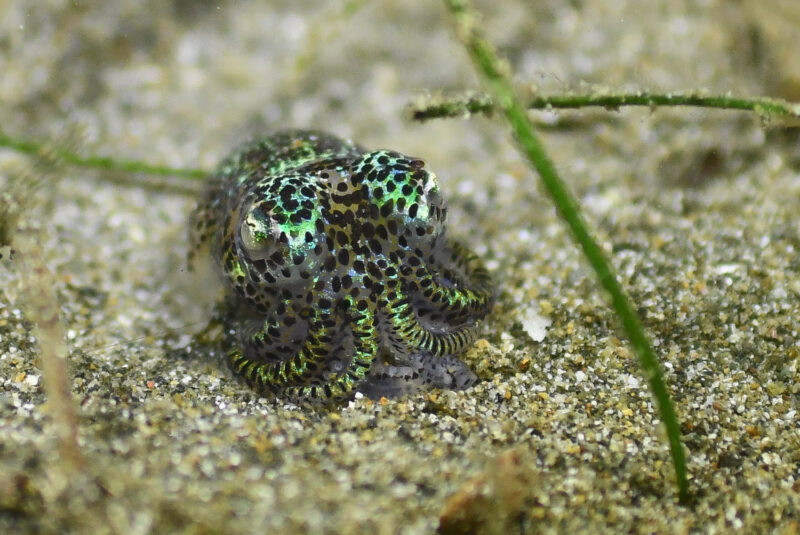
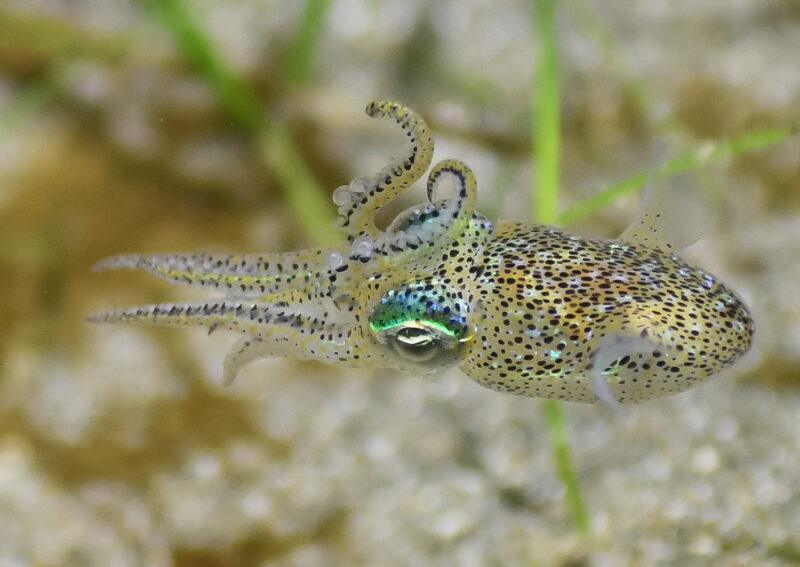
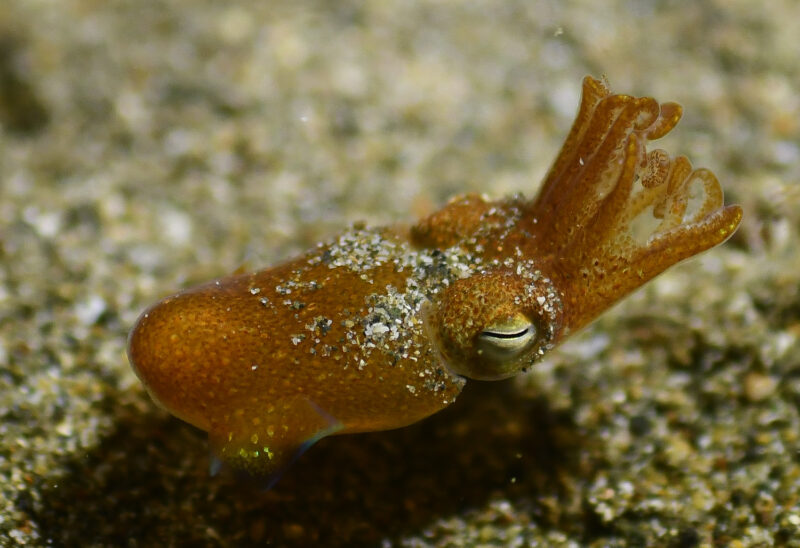
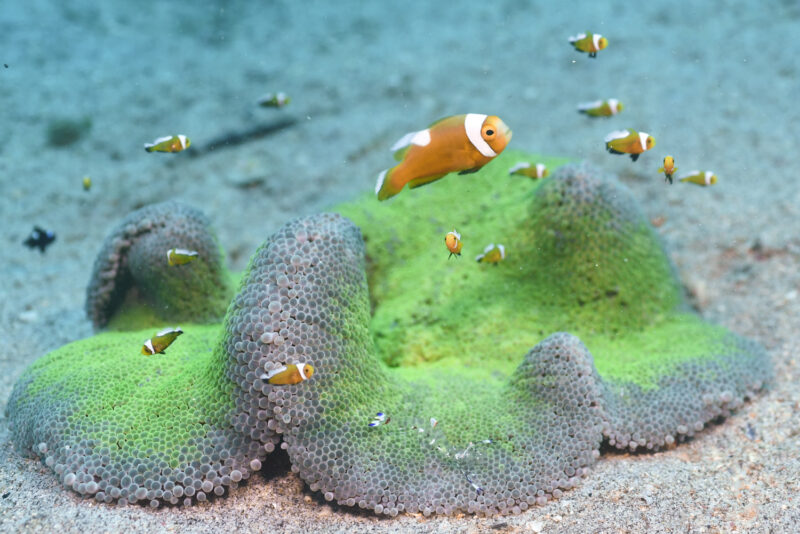
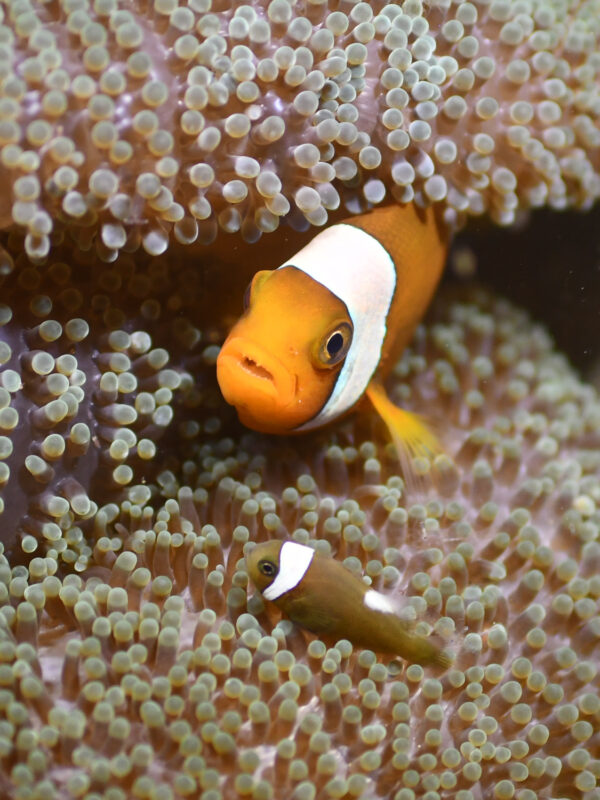
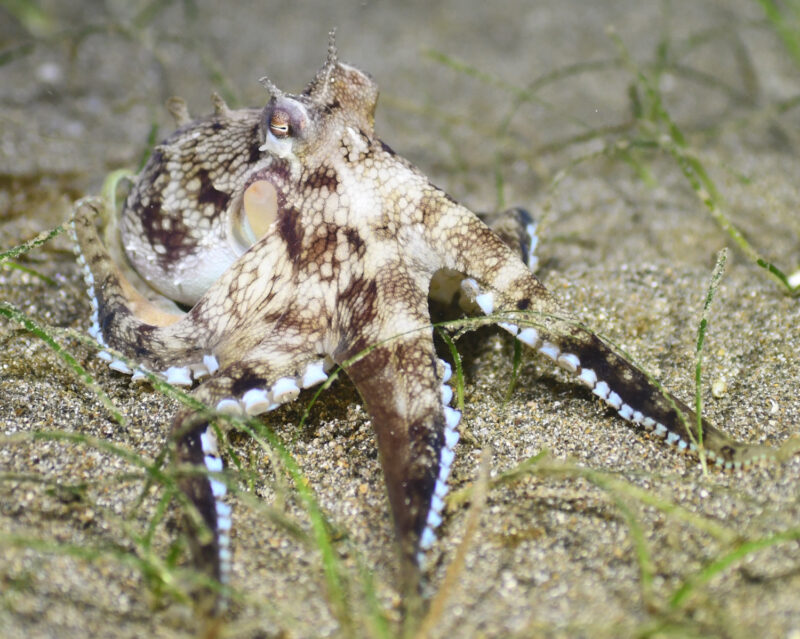
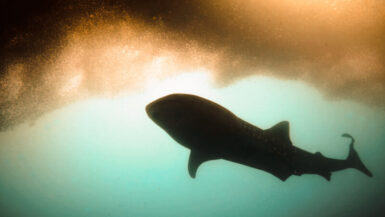
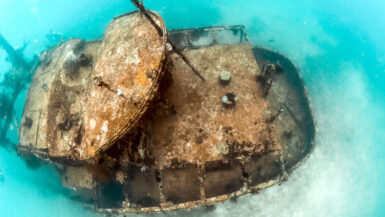
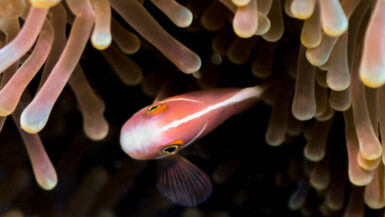
Leave a reply